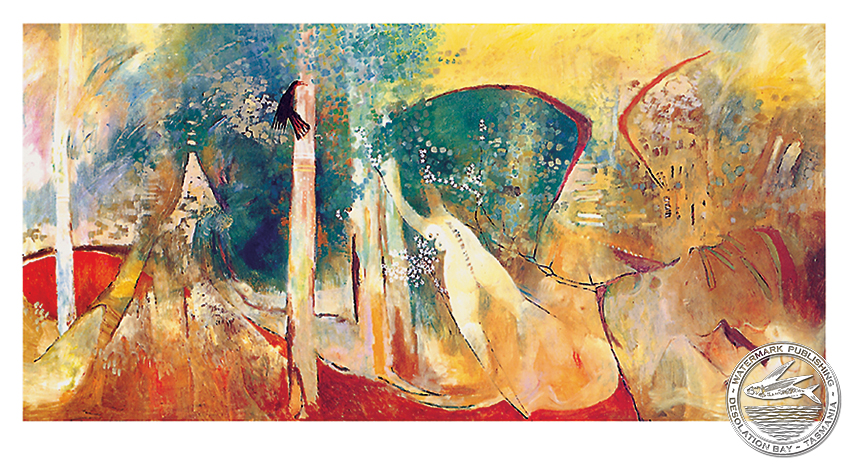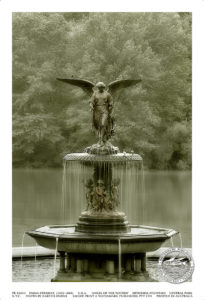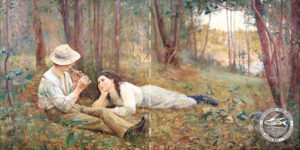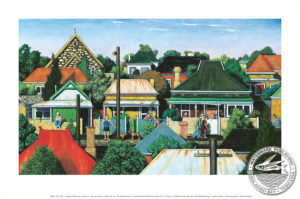Description
‘Spring’ by Clifton Ernest Pugh, 100 x 56 cm – OFFSET PRINT
Clifton Pugh was born in Melbourne in 1924. When World War II began in 1939, he tried to join the army. But at just 15, he was too young and the army rejected him. He enlisted successfully at 19 and served in New Guinea. After being wounded, he spent several months in a field hospital, where he reflected deeply on the violence of war.
After the war, in 1947, Pugh earned a grant to study at the Melbourne National Gallery School. He studied there for three years under artist William Dargie. When he finished, he moved 30 miles outside Melbourne. There, he and his first wife built a house from wattle and daub. Pugh spent much of his time observing and drawing the surrounding bushland.
In 1954, he travelled across the Nullarbor Plain. This journey further connected him with the Australian landscape and deepened his interest in the bush.
Pugh first exhibited his work in 1955 in a group show at the Victorian Artists Society. His 1957 solo show in Melbourne established him as a bold new voice in Australian art. His style didn’t follow European trends or any specific local school. Instead, he created something unique and rooted in the Australian experience.
Throughout the 1950s and 1960s, Pugh focused on conservation, a theme that shaped much of his artwork. He also gained recognition for his portraiture, winning the Archibald Prize three times—in 1965, 1971, and 1972. His 1972 portrait of then-Prime Minister Gough Whitlam remains one of his most famous works.
“I tried to portray through my canvases nature raw and untamed and yet infinitely beautiful, a personality, a force, a lover, a killer” -C. Pugh.





